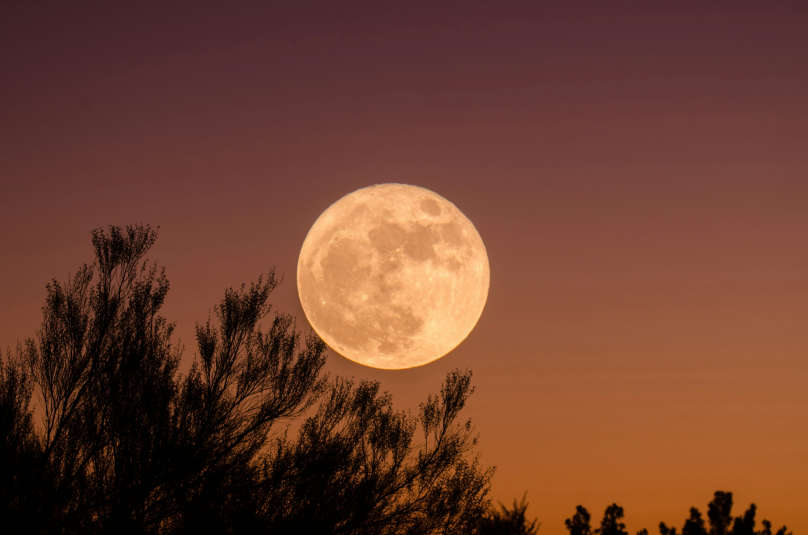Astronomers and experts have laid out all 12 full moons for the new year, and according to astronomy.com, it looks like New York will see three Supermoons in a row, two total Lunar Eclipses and two partial Solar Eclipses in 2025.
Hudson Valley is in line for two total Lunar Eclipses this year, March 14th and September 7th, according to timeanddate.com. As for solar eclipses, we won't see the phenomenon in the same way everyone geeked out over in April of 2024.

(Photo: Evelyn Hockstein/REUTERS)
We have just two partial solar eclipses visible over North America March 29th and September 21st.
Below is a schedule of Full and Supermoons coming up this year as well as their nicknames and meanings.
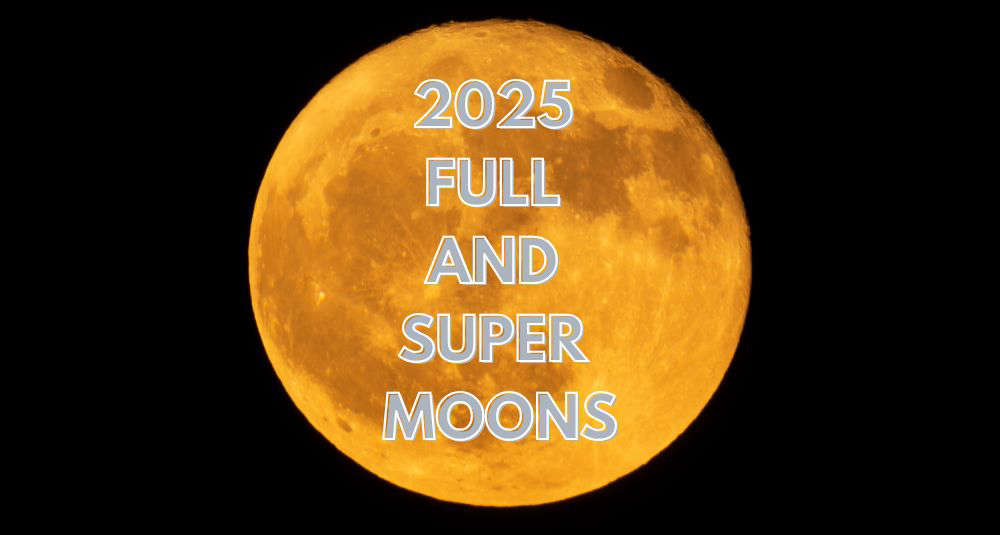
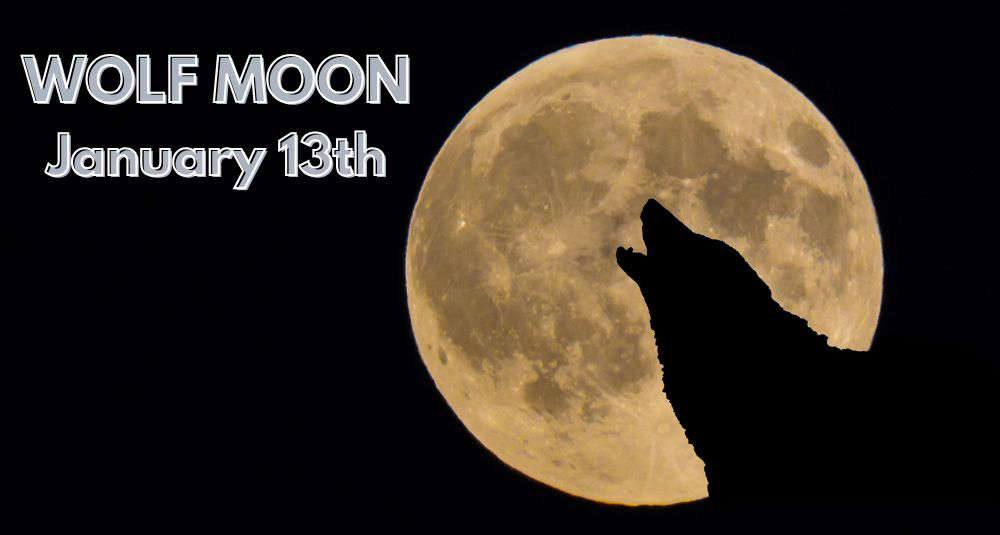
Wolf Moon: During this time of year, packs of wolves would reportedly howl tirelessly and hungrily outside Native American villages.
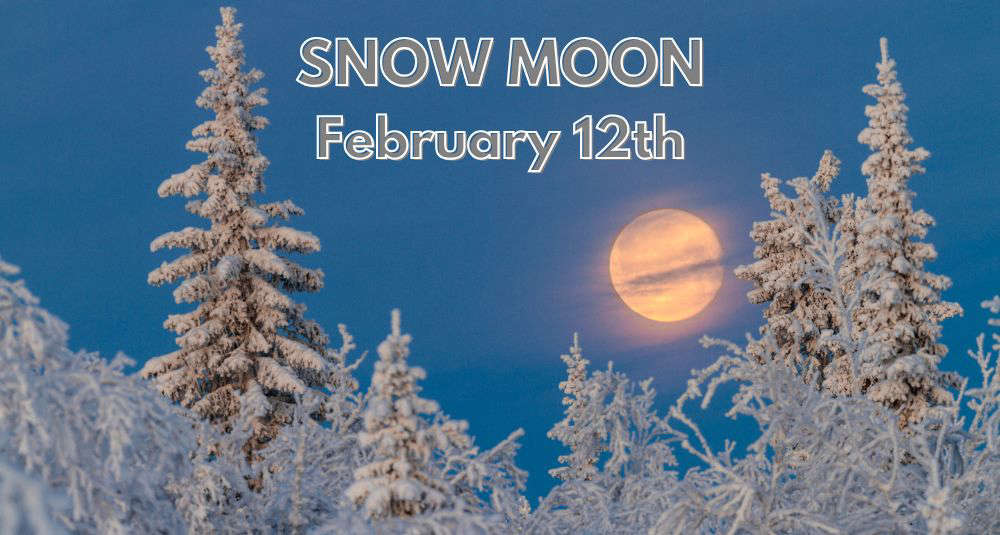
Snow Moon: Historically, the heaviest snows of the year fall during the month of February.
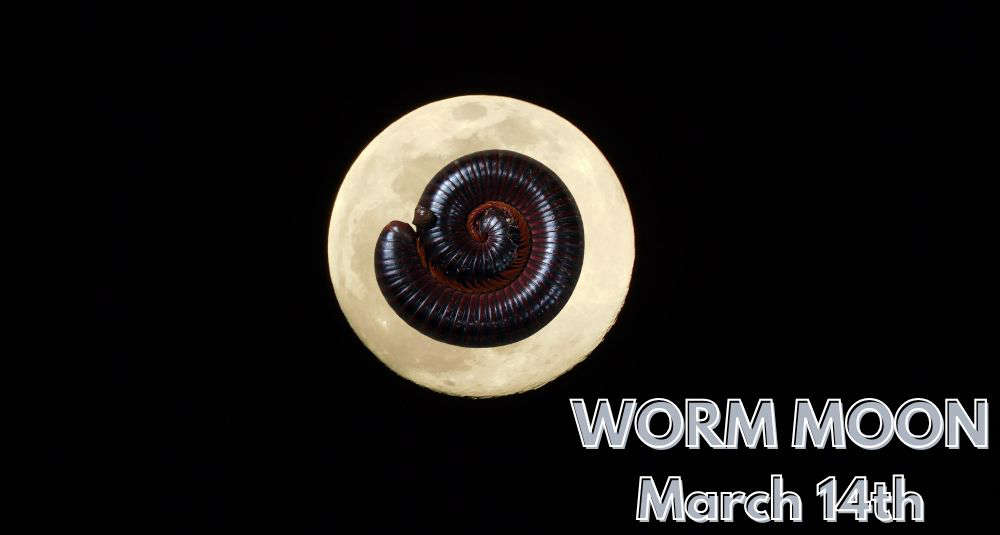
Worm Moon: Called a 'worm' moon for the emergence of earthworms and other insects signifying the coming spring season.

Pink Moon: The Pink Moon gets its name from herb moss pink, reportedly one of the earliest widespread flowers of the season, according to Farmer's Almanac.
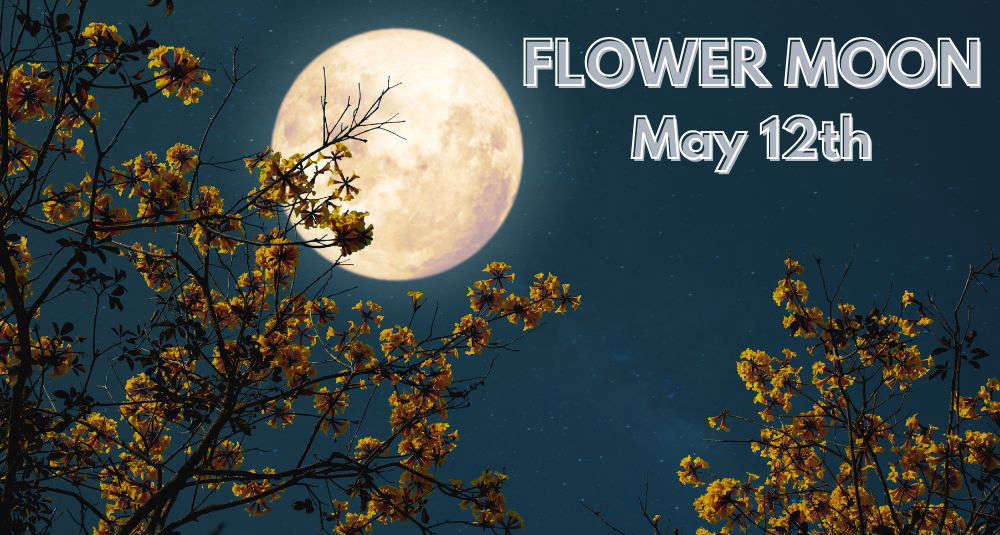
Flower Moon: May's full moon is called the 'Flower Moon', because it rises during a time when flowers are flourishing in spring.
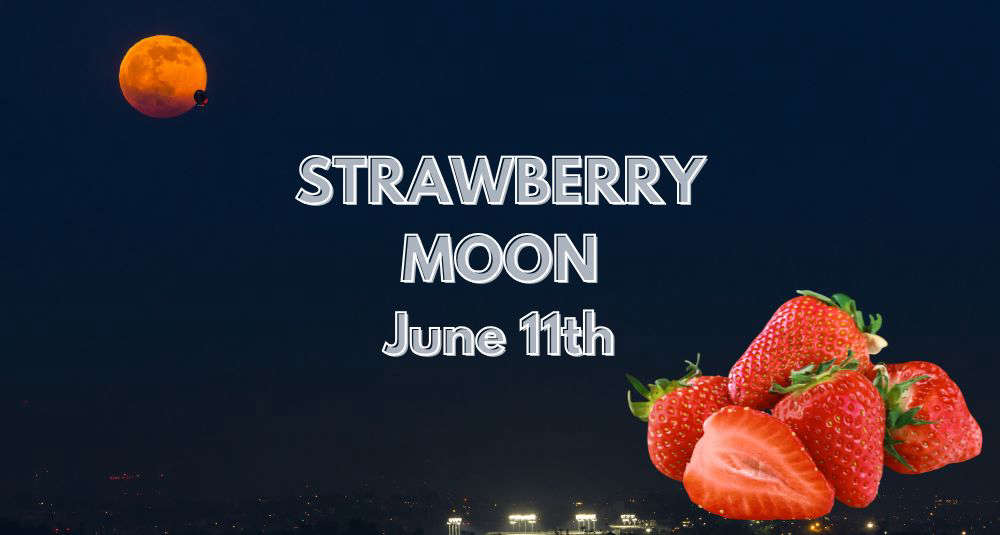
Strawberry Moon: 'Strawberry Moon' was coined for the short strawberry harvest season. Europe reportedly refers to this moon as 'Rose Moon'.
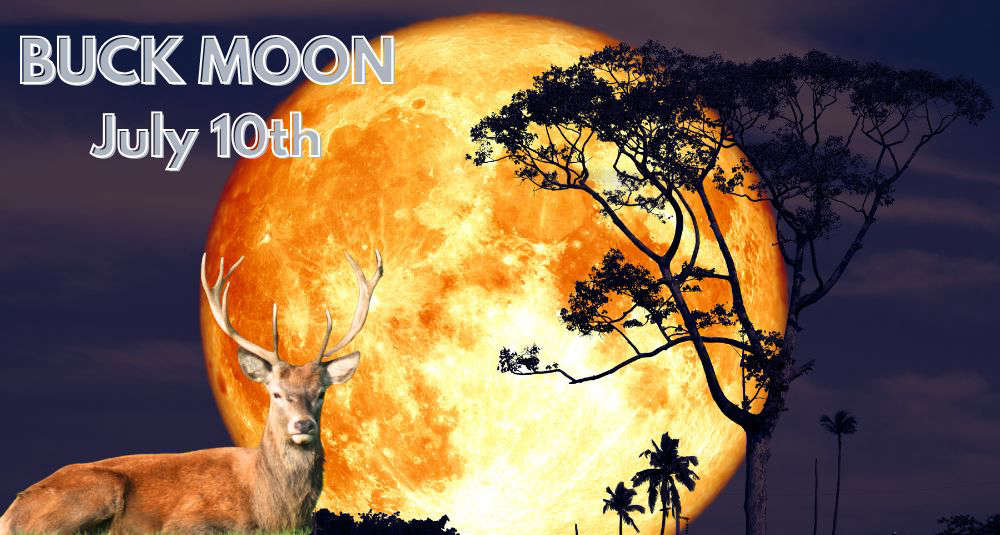
Buck Moon: The reason for the name 'Buck Moon' is quite interesting. It gets its name for the time of year when new antlers of buck deer emerge from their foreheads in coatings of velvety fur!
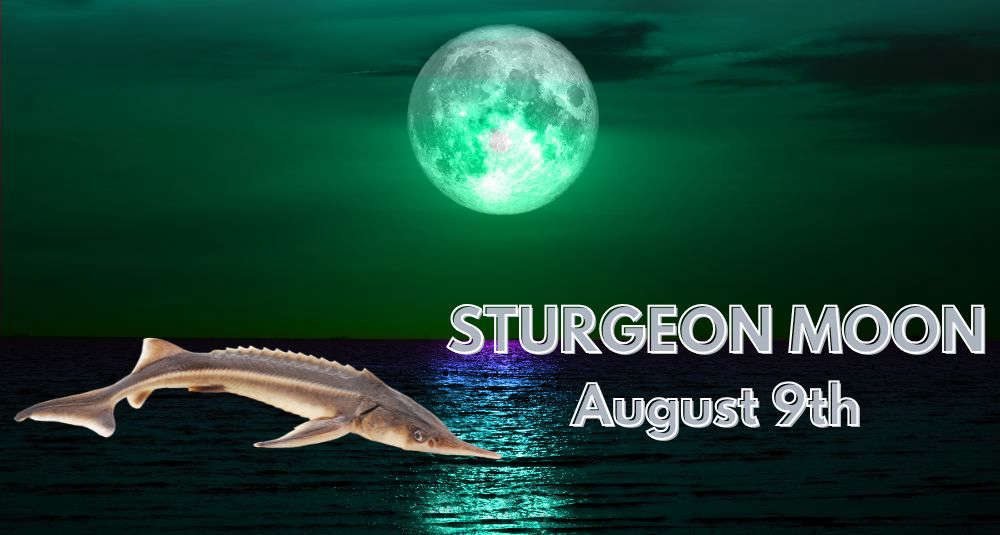
Sturgeon Moon: Named for sturgeon fish, which became easier to catch (in regions like the Great Lakes) during the month of August, according to Farmer's Almanac.
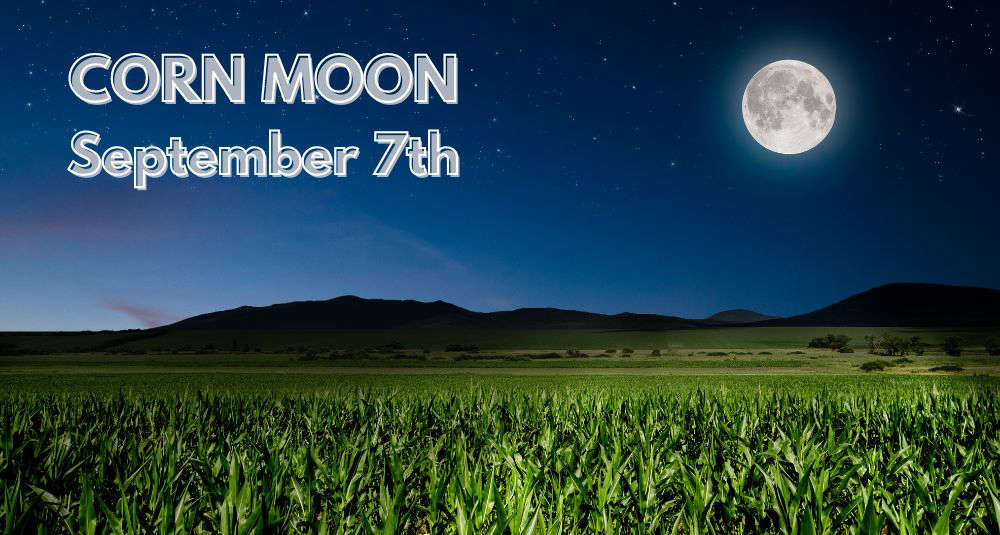
Corn Moon: The Corn Moon is also referred to as Blood Moon, Harvest Moon, or Sanguine Moon. According to farmersalmanac.com, this moon was named Native Americans hundreds of years ago, as leaves fell from trees and people started storing meat, like deer, for the winter.
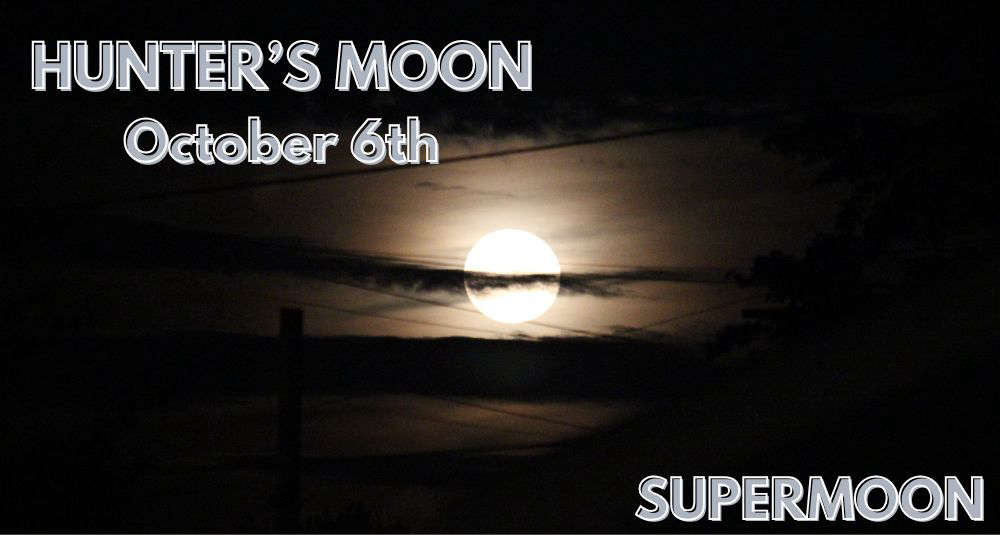
Hunter's Moon: The Harvest Moon is also referred to as Blood Moon, Corn Moon, or Sanguine Moon. According to farmersalmanac.com, this moon was named Native Americans hundreds of years ago, as leaves fell from trees and people started storing meat, like deer, for the winter.
Most astronomy experts consider a 'Supermoon', like the ones expected in October, November, and December, to be one that's within 223,000 miles of Earth at the closest point of its perigee orbit.
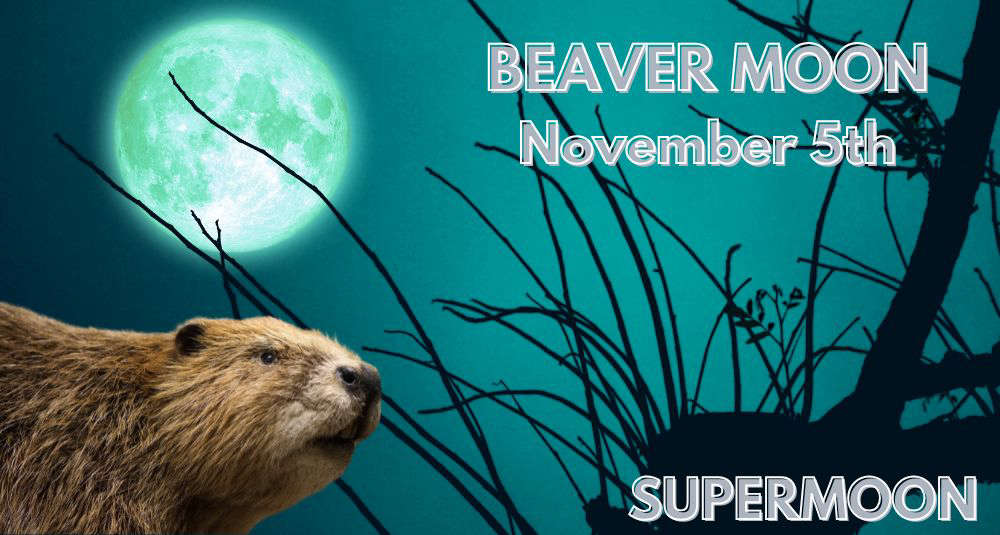
Beaver Moon: Some cultures believe the Beaver Moon is when the veil between this world and the next is at its thinnest, allowing spirits to pass through. Creepy!
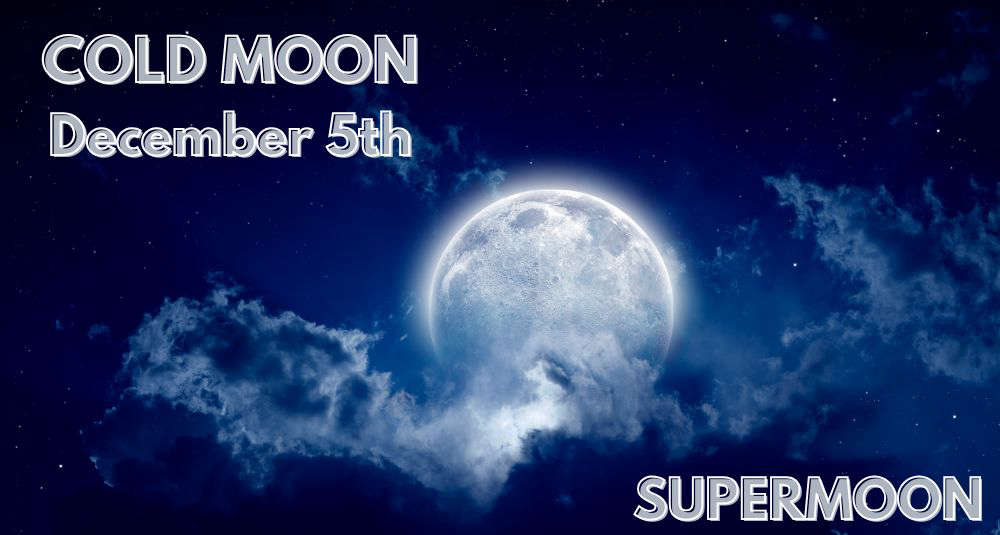
Cold Moon: Nights are at their coldest and darkest of the year when a Cold Moon rises in the sky. Cold Moon can also be called Yule Moon or Long Night's Moon.


